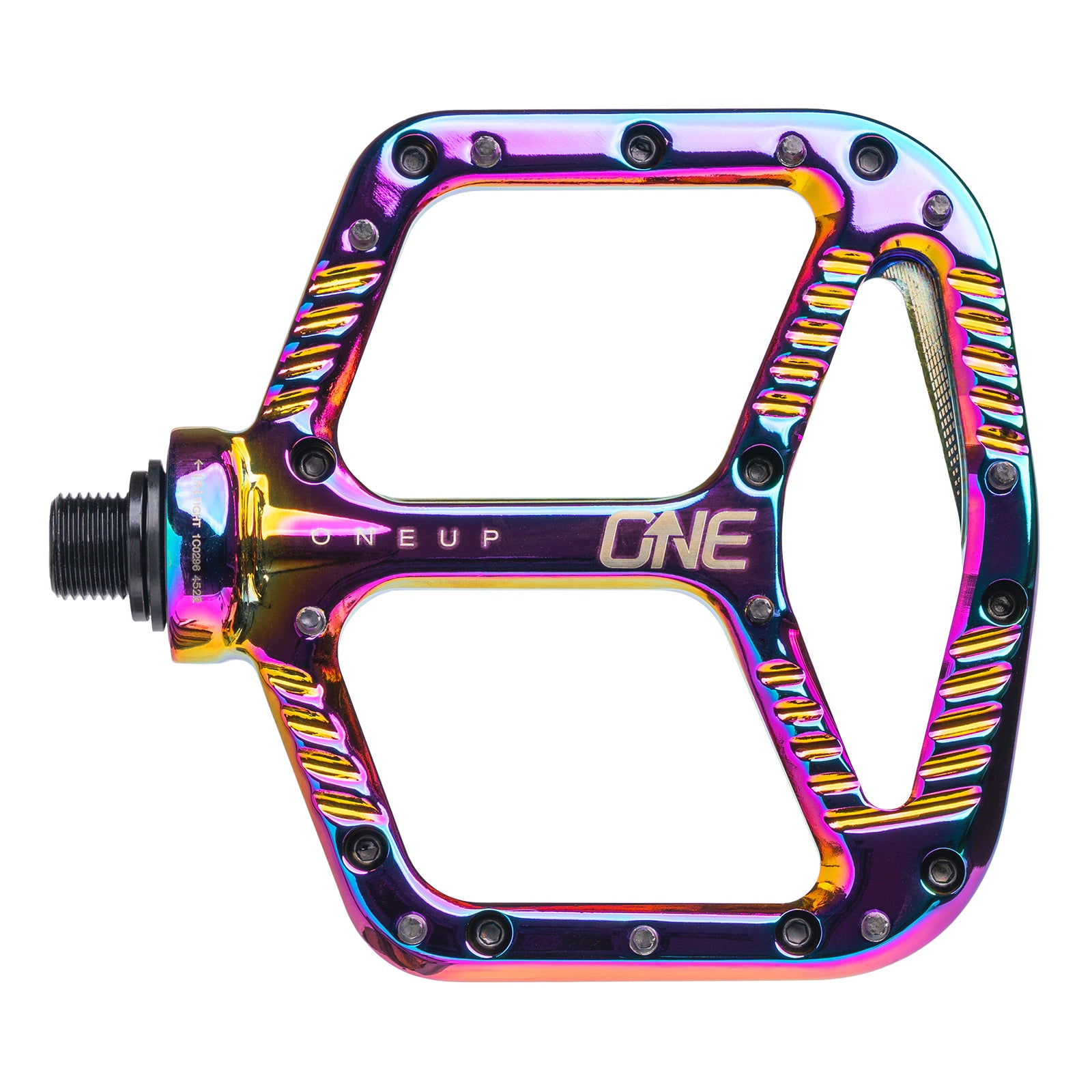Stefan Mikes
Gravel e-biker
- Region
- Europe
- City
- Mazovia, PL
You're talking about the crank, are you?
Thirty-five newton-metres for a pedal?! You would never unscrew it afterwards. 35 Nm exceeds the capacity of a regular bike torque wrench... You need 15 Nm max to tighten the wheel thru-axle! You tighten the brake lever at 6-8 Nm. Thirty-five?! (Look at the torque table I have shown above. With 35 Nm, the pedal would be certainly listed there!)
Thirty-five newton-metres for a pedal?! You would never unscrew it afterwards. 35 Nm exceeds the capacity of a regular bike torque wrench... You need 15 Nm max to tighten the wheel thru-axle! You tighten the brake lever at 6-8 Nm. Thirty-five?! (Look at the torque table I have shown above. With 35 Nm, the pedal would be certainly listed there!)

